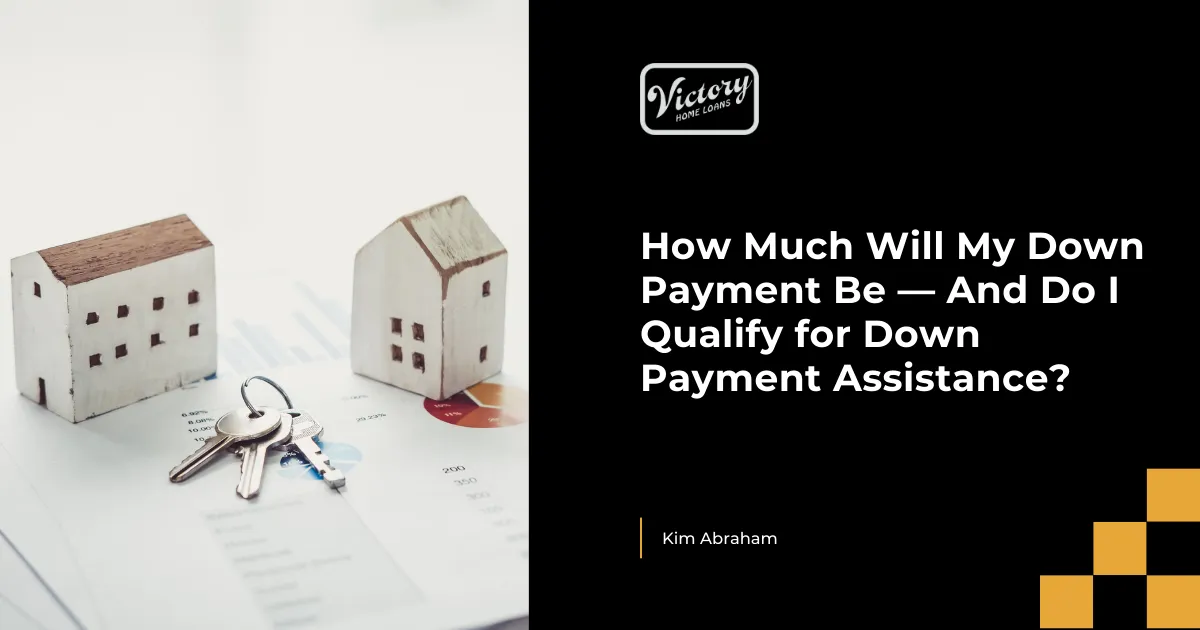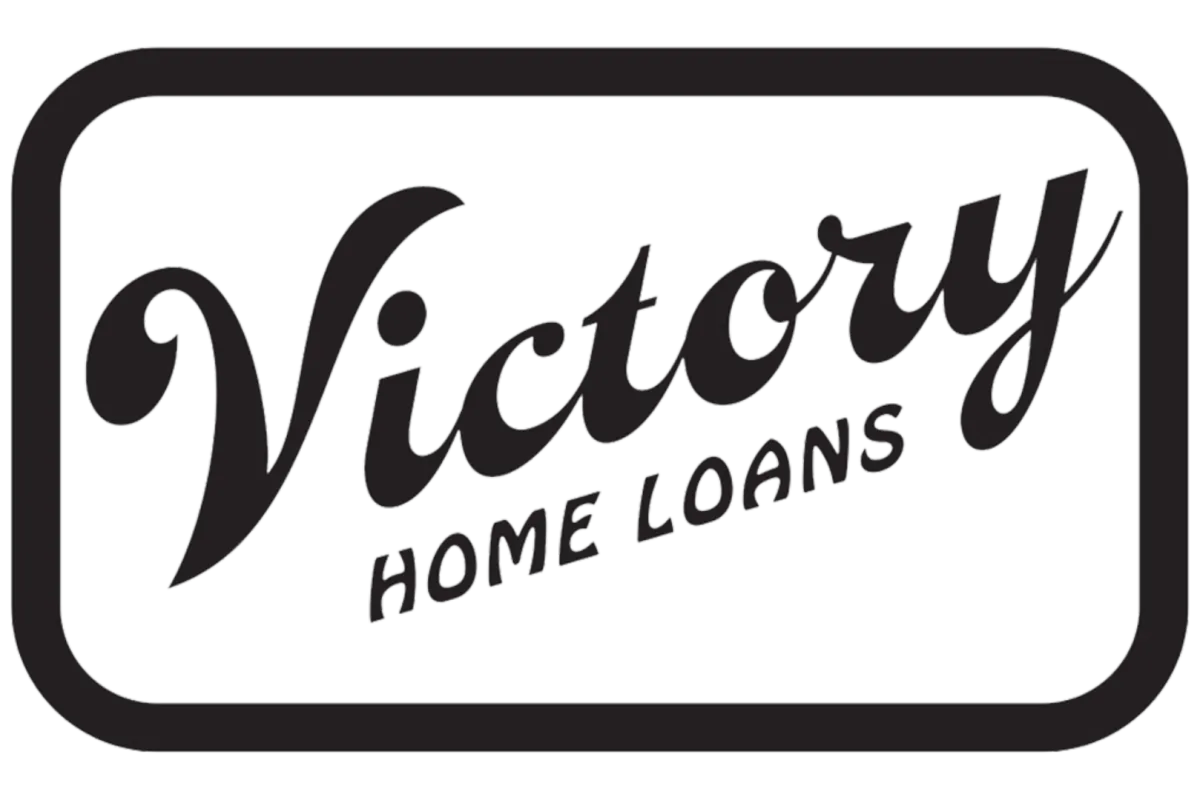Resources to Get You In a Home.

How Much Will My Down Payment Be — And Do I Qualify for Down Payment Assistance?
What’s the Typical Down Payment?
The idea that you need 20% down to buy a home is one of the biggest myths in real estate.
Here’s what buyers actually put down on average:
First-time homebuyers: Around 6–7%
Repeat buyers: Around 17%
In many cases, you can buy a home with as little as 3% down—and some loan programs allow 0% down.
Source: https://www.nar.realtor/research-and-statistics/quick-real-estate-statistics
Loan Program Minimum Down Payments
Different loan types have different requirements:
Conventional loans: 3–5% minimum (varies by credit and income)
FHA loans: 3.5% minimum with a 580+ credit score
VA loans: 0% down for eligible veterans
USDA loans: 0% down for qualifying rural areas
Source: https://www.consumerfinance.gov/ask-cfpb/what-are-the-different-types-of-mortgage-loans-en-2055/
What About Down Payment Assistance?
There are thousands of local, state, and national programs designed to help with down payment and closing costs.
These include:
Grants you don’t have to repay
Forgivable loans (as long as you stay in the home a few years)
Matched savings programs
Each program has different eligibility rules based on income, location, or first-time buyer status.
You can find many options here:
https://www.downpaymentresource.com/
How Much Should You Actually Put Down?
While you can go as low as 3%, putting more down can help you:
Lower your monthly payment
Avoid mortgage insurance
Get better interest rates
Strengthen your offer in a competitive market
But it’s not always the best move to drain your savings. Keeping cash reserves for emergencies or home improvements can be just as important.
Bottom Line
You don’t need 20% down to buy a home. And if saving is the only thing holding you back, down payment assistance could be your ticket in.
The best way to find out what you qualify for? Talk to a loan advisor who can match your situation with the right program—and calculate exactly what your upfront costs will be.




Facebook
LinkedIn
Instagram